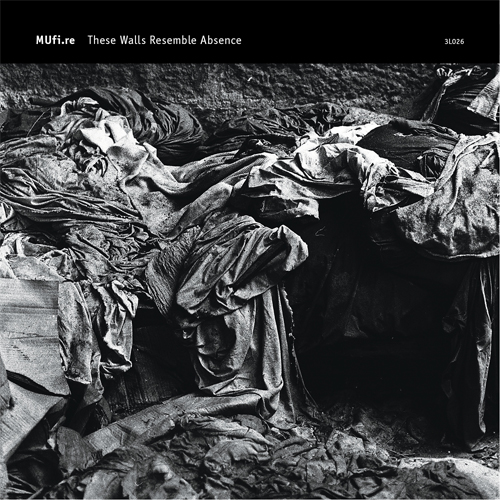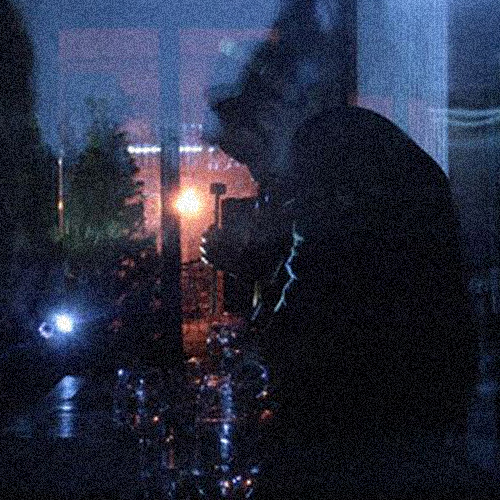These walls resemble absence
MUFI.RE -Rui Almedia-
(3Leaves 2013)
Review by David Vélez
There is a special quality to the work of Rui Almedia that makes his compositions particularly appealing and intriguing. I think this quality has something to do with the timing of events and their sonic magnitude. The sounds are subtle and detailed in their form and the timing is slow but eventful.
But ‘These walls resemble absence’ has a very specific unique and personal emotional character.
There is always a tension.
Acoustic instrumental sounds blending with the incidental sounds of the location.
The friction of worn out materials.
Percussive acoustic instrumental sounds; contact and rhythm.
A sheer drone that builds a distant wall that stands tall and still.
Objects being manipulated by either incidental or deliberated forces.
Distant crackling.
A drone that rumbles like a doom metal riff.
Objects barely and subtly resonating but still appearing audible.
The tension grows and grows…
The drone is gone, the tension imploded.
We have now all these small and metallic objects moving in the foreground with an apparent absence of sound on the background.
The drums then emerge, the physical modulation.
The harshness of movement, the dry imprinting sound of friction.
And the end.
From the liner notes:
‘The recordings took place in an abandoned textile factory; one of the largest in Europe, having employed 3000 people in the 50’s. It is located in northern Portugal, on the banks of the Vizela River. The extension of the whole complex has always impressed me when passing by train just a few yards away. The hydroelectric power station is the only thing that still remains working.
Closed since 2001, the factory’s pavilions are in a visible state of degradation: debris gathered in heaps; partially destroyed roofs with wooden beams and other loose materials on the verge of collapse; small parts of missing machinery spread around; cans and tissues on the floor; but, despite all that, a strong feeling of emptiness. The emptiness of a place that had a different purpose of the one I was witnessing.
During my second foray into the factory, I became aware it was not a safe place. The wind was strong that day, and the constant creaking of the roof and the hinges of the flimsy doors were so audible that it seemed the entire structure could collapse at any time. This tension enhanced my experience of the place and become one of the primary conditions for the exploratory process.’
The experience of Rui Almeida on this abandoned factory relates with a term I recently heard, ‘landscape re-interpretation’. The artist takes the objects from the location and makes his own interpretation of them and their relation with the space as opposite to a natural incidental given interpretation of them.
‘These walls resemble absence’ adds to the list of great works by Rui Almeida but there is something new here: maybe is the sinister tension. Maybe it is the fact that the location became an actual physical threat to the artist; this situation probably gave to this work something special that I would define as the emotional core of the work. A sinister beautiful core.
[Rui Almedia; photo courtesy of Impulsive Habitat]



